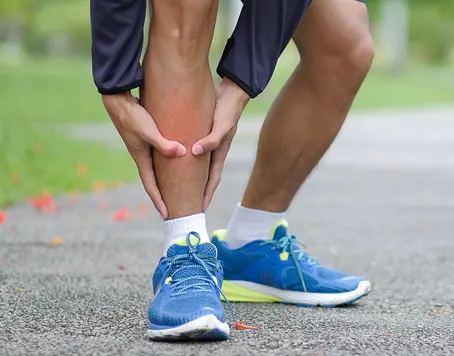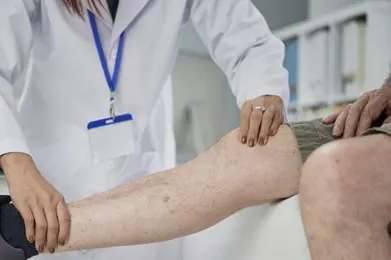Peripheral Arterial Disease
Peripheral arterial disease (PAD) is a disease in which plaque builds up in the arteries that carry blood to your head, organs, and limbs. Plaque is made up of fat, cholesterol, calcium, fibrous tissue, and other substances in the blood. Over time, plaque can harden and narrow the arteries. This limits the flow of oxygen-rich blood to your organs and other parts of your body.
Peripheral arterial disease (PAD), causing an inadequate oxygen supply to the limbs. Mainly the risk factors of peripheral vascular disease are nicotine use, diabetes mellitus, hypertension and hypercholesterolemia. Based on the severity of the symptoms, usually two clinical presentations are distinguished: intermittent claudication (IC) is characterized by pain upon walking which is the most common presenting symptom while critical limb ischemia (CLI) is a more severe form in which pain occurs at rest and which is accompanied by necrosis and ulceration and patients with CLI are also at high risk for limb amputation.

Currently available surgical or endovascular revascularization treatment cannot be done in those patients who could not have arterial bypass graft surgery due to poor run-off or poor general medical condition. There may be some side effect by using the conventional method for peripheral arterial disease.

Bone Marrow derived Stem cells transplantation via intra-muscular and intra-arterial (by using with balloon catheter) provide neoangiogenesis (new vessel formation) in ischemic tissue. It is the only most effective treatment option for Critical Limb Ischaemia patients (severe peripheral arterial disease) and to reduce the major amputation. For obtaining a high local stem cell concentration in the ischemic leg, we use a new route of transplantation by combining both intra-arterial (by using with balloon catheter) and intra-muscular injections so that high concentration of stem cells can reach into all ischemic muscles. Bone Marrow Mononuclear cells (BM-MNC or BM stem cells concentrate) is more useful in peripheral arterial disease to get more re-vascularization because it contains all needed regenerative cells and the hematopoietic stem cells (HSCs) in the BM-MNC release angiogenic growth factors such as vascular endothelial growth factor (VEGF) which improves endothelium-dependent vasodilation in patients with peripheral arterial disease. Autologous BM-MNC implantation improves ankle-brachial index (ABI) measurements, SaO2 relief of rest pain, and ulcer healing and also to reduce major amputations.
